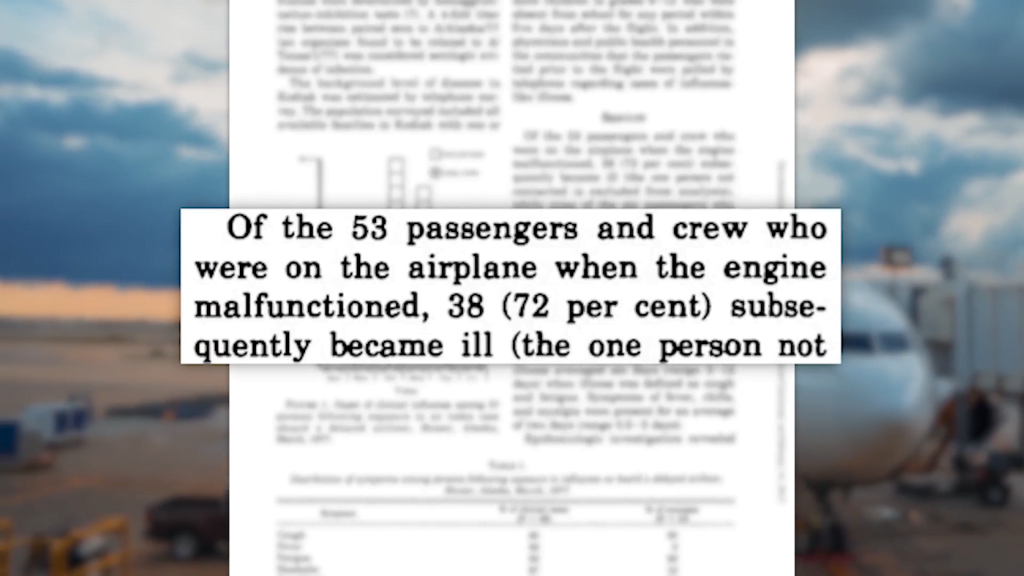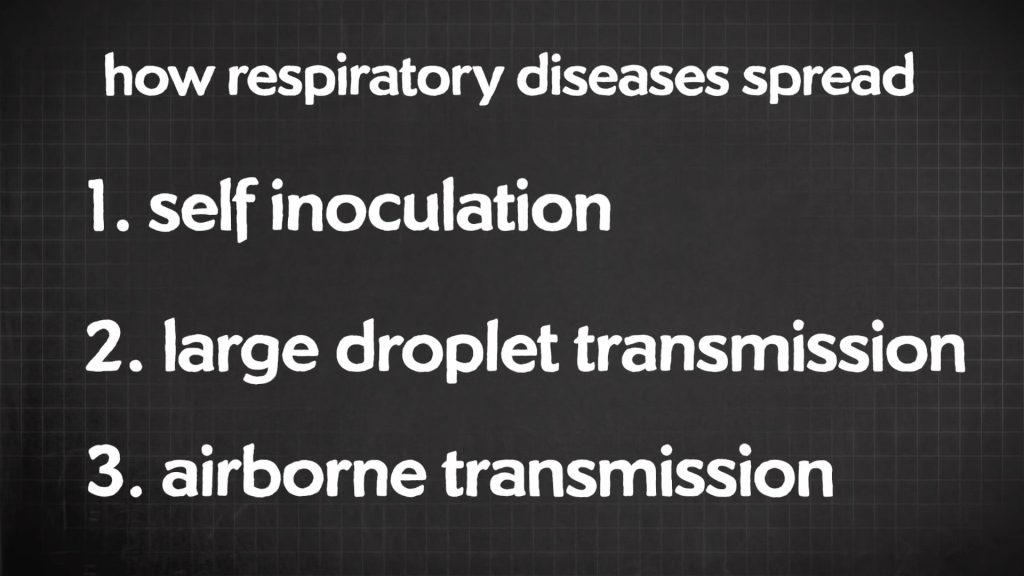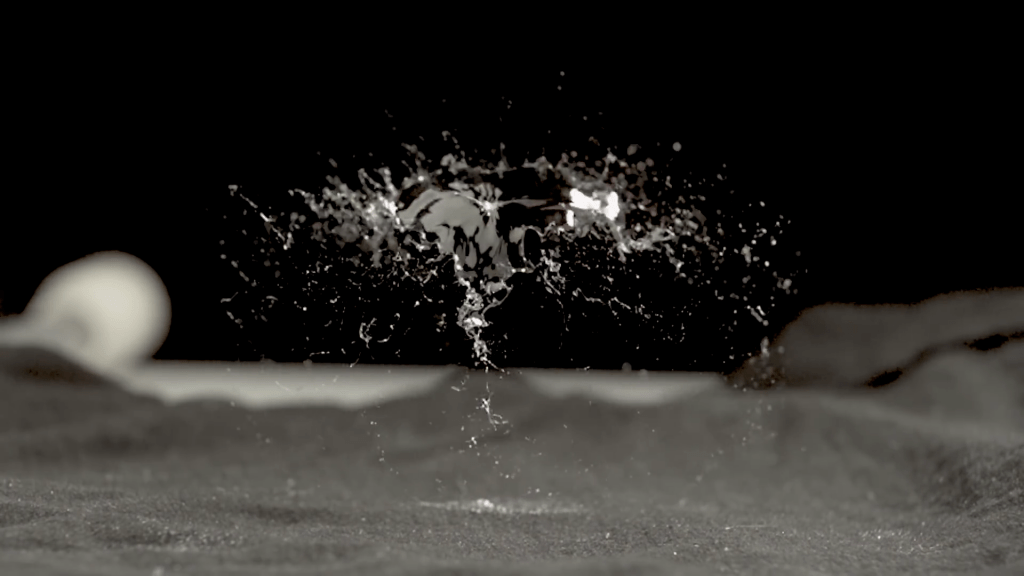In 1977, one passenger with the flu infected 38 people onboard a flight with malfunctioning ventilation. In this video, Dianna digs into the physics of respiratory disease transmission and just why ventilation is so key to preventing it.
There are three primary modes of transmission for respiratory diseases like influence or SARS-CoV-2: 1) touching an infected surface and then oneself, i.e., self-inoculation; 2) inhaling virus-filled droplets larger than 5 nm; and 3) inhaling virus-filled droplets smaller than 5 nm. That size cut-off may seem a little arbitrary, but it’s how scientists distinguish between droplets that fall quickly to the ground and ones that can persist on buoyant air currents.
That airborne persistence is one of the reasons ventilation — in other words, replacing the air — is so important. So many people on that 1977 flight got sick because there was no system removing the infected air and bringing in fresh air. For more on the fluid dynamics disease transmission, check out these posts. Curious about those bacterial bubble bursts? I’ve covered that, too. (Video and image credit: Physics Girl)



